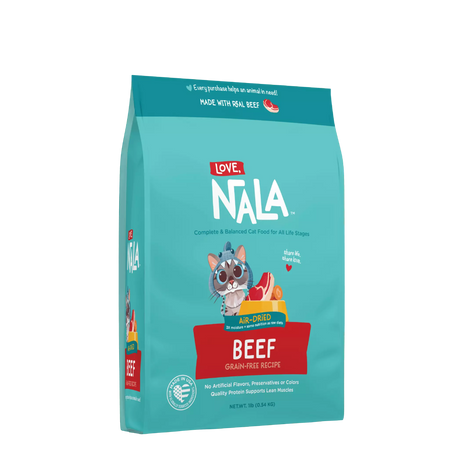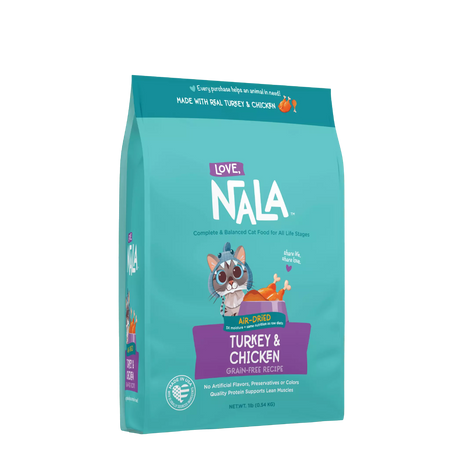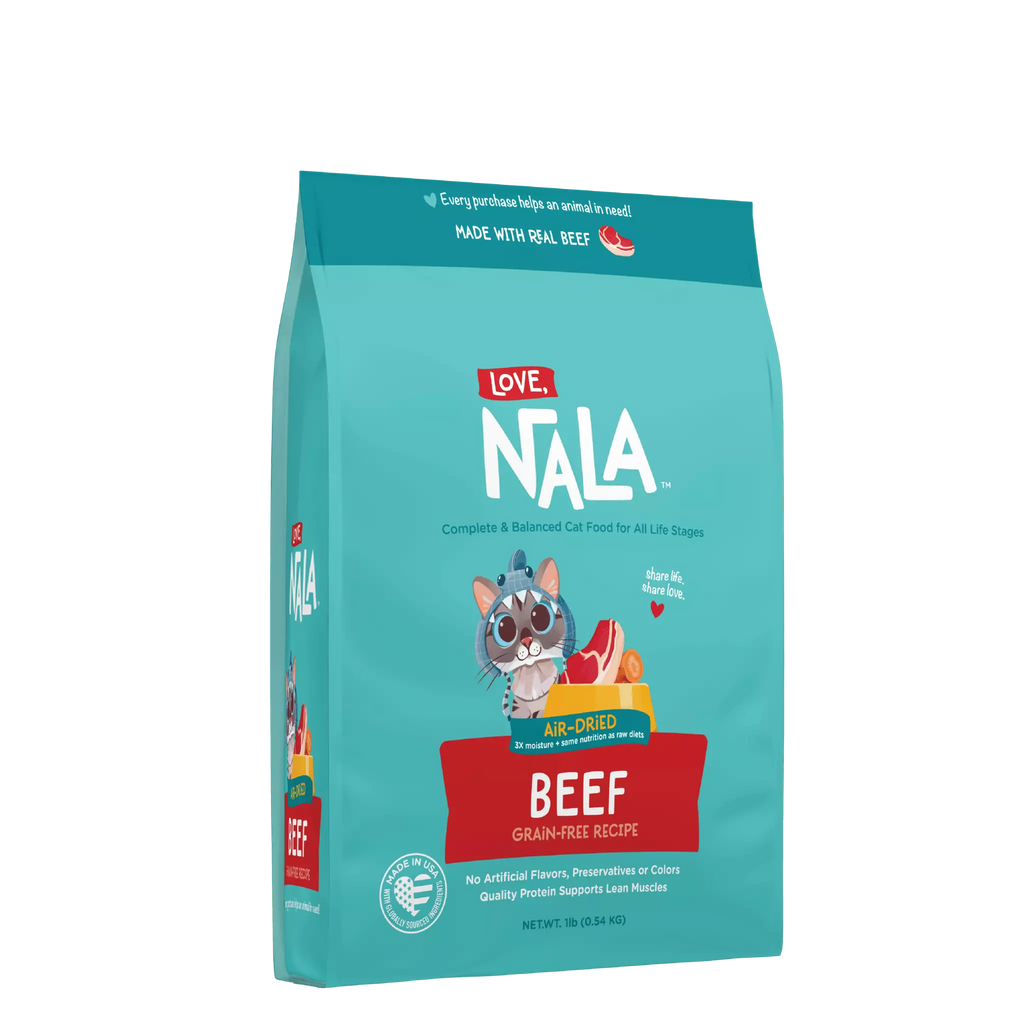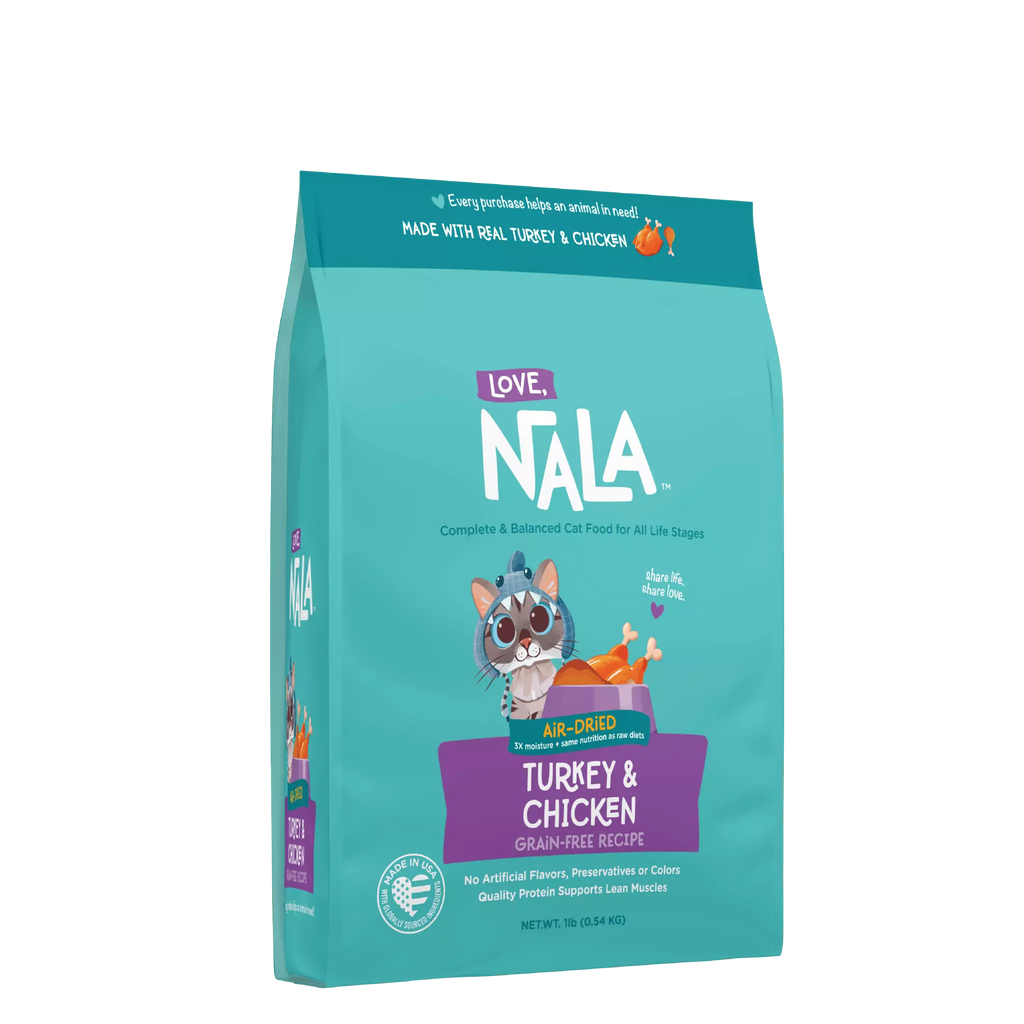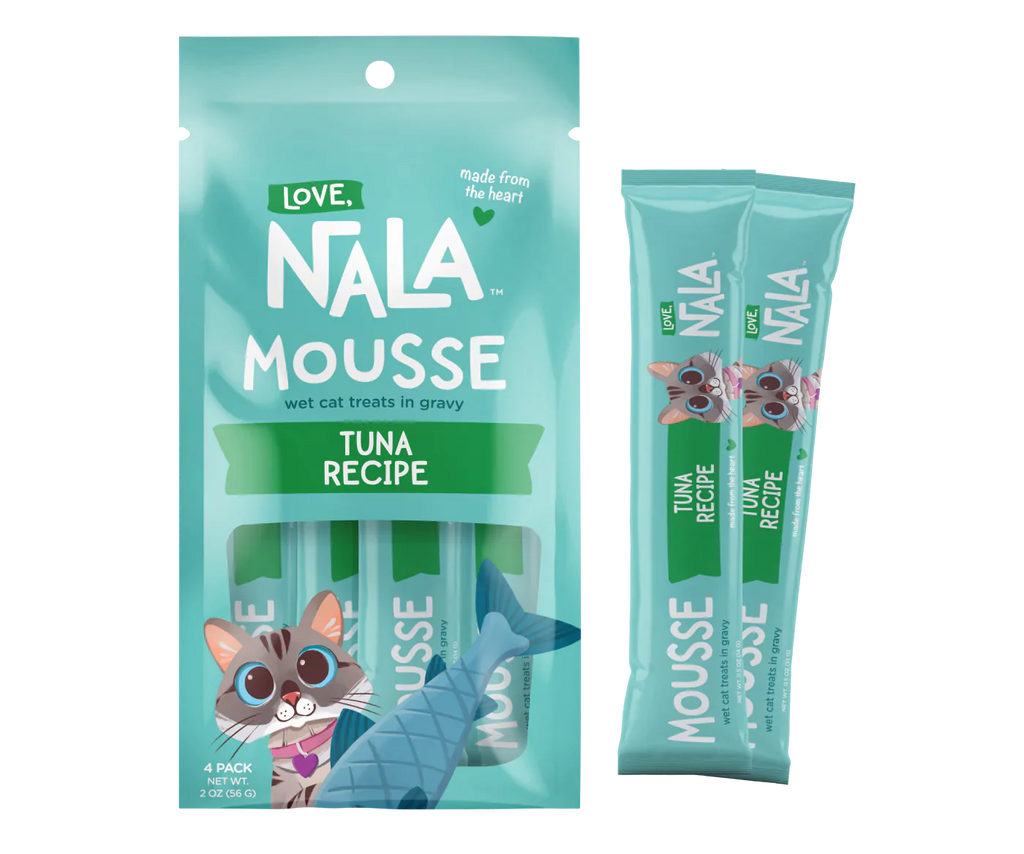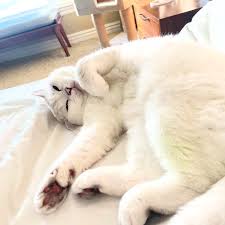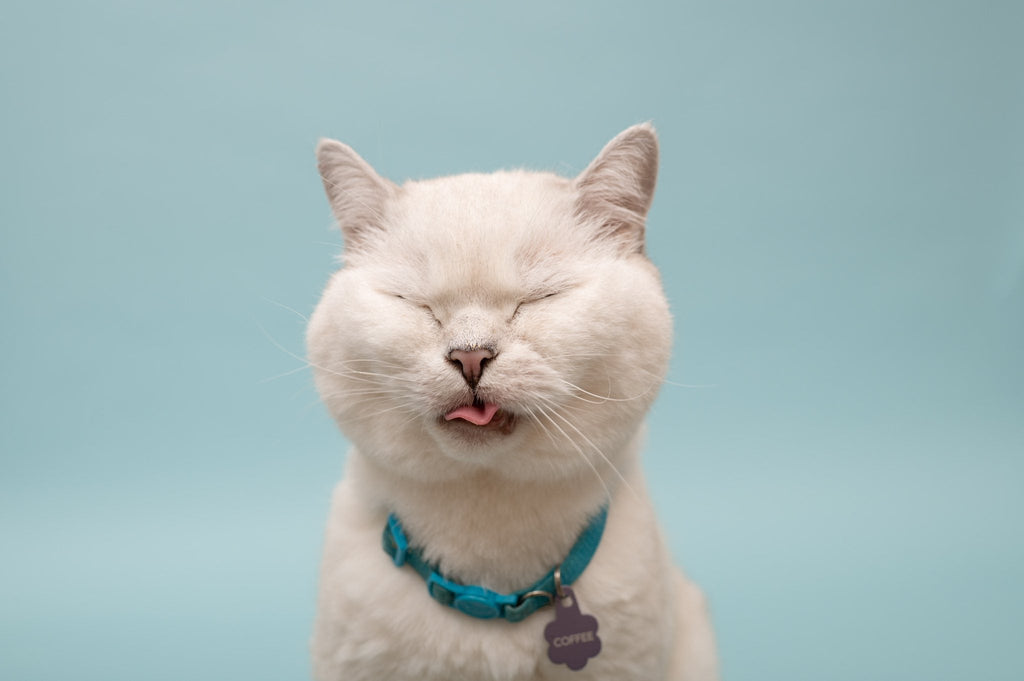We are so lucky to live in a time where there is treatment for Feline Infectious Peritonitis, commonly known as FIP. The cure was developed in 2019 by UC Davis and in June 2024 it was legalized in the United States, which will save the lives of so many cats.
We want to give a brief overview of FIP, its symptoms, and its treatment in order to keep cat owners like you informed.
FIP is caused by a mutation of the typically benign Feline Coronavirus (FCoV). Feline Coronavirus is common in cats who have lived in a shelter, rescue, cat cafe, or multi-cat household. FCoV is spread through fecal-oral transmission so cats who share litter boxes and food or water bowls or groom one another are exposed to the benign form of the virus.
Cats who have a healthy immune system usually pass the virus with little to no issue other than a bout of diarrhea and/or cold-like symptoms.
Cats who have a weakened or not fully developed immune system may not be able to pass the virus, allowing it to mutate into FIP. Because of this, FIP is more common in kittens and young cats under 2 years old, senior cats, or immunocompromised cats.
While FCoV is contagious, once the virus mutates into FIP, it is no longer contagious.
Stressful events such as surgery, illness, or moving locations can make cats more vulnerable to developing FIP.
The symptoms of FIP can vary but typically include:
· Fever
· Lethargy
· Loss of appetite
· Dehydration
· Weight loss
· Diarrhea
· Vomiting
· Anemia
More severe symptoms can include a distended abdomen filled with fluid, jaundice (yellowing of the skin), uveitis (inflammation of the eye), and loss of balance, seizures, or even blindness.
There are four main forms of FIP:
-
Wet (effusive)
-
Dry (non-effusive)
-
Ocular
-
Neuro
There isn’t a specific test to diagnose FIP but there are a few diagnostic signs that a CBC/Chem will reveal. These include a low A:G ratio, increased total protein and globulin levels, and low white blood cell and albumin levels.
Since FIP progresses very quickly, if a cat displays symptoms of the disease, treatment should be started even without a confirmed diagnosis or bloodwork results. Cats typically show signs of improvement within 3-4 days of beginning treatment.
The treatment is daily for 84 days and has a success rate of about 80%.
We have seen cats that went blind from FIP regain their vision and cats who became paralyzed regain complete use of their limbs.
We hope that every cat who needs this treatment has access to it.
The more knowledge we can spread about FIP and the newly legalized treatment, the more lives we can help save. We want every cat to live the long life they deserve.
Love, Nala
